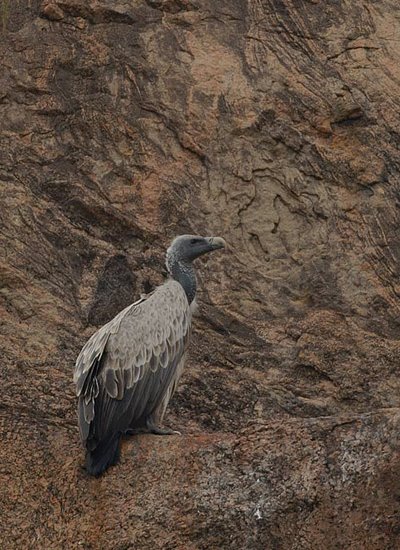Facts About Indian vulture
The Indian vulture, a critically endangered species, is native to India, Pakistan, and Nepal. These vultures are often seen perched on rocky outcrops in central and peninsular India. Sadly, their population has plummeted primarily due to diclofenac poisoning, which induces kidney failure.
A related species, the slender-billed vulture, inhabits the northern part of their range and is considered distinct. Indian vultures are medium-sized birds characterized by their pale bodies, dark flight feathers, broad wings, and long bills.
They typically nest on cliffs in South and Central India and are known for scavenging carcasses, often soaring above savannahs and human settlements. The sharp decline in their population, as well as that of white-rumped vultures, can be traced largely to diclofenac poisoning.
In response, efforts are being made to ban the veterinary use of diclofenac and to establish captive breeding programs aimed at conserving these vultures. The reduction in vulture populations has led to significant ecological impacts, including increased pollution, the spread of diseases, and a rise in the number of feral dogs and rats.
Captive breeding programs plan to release these vultures back into the wild once the environment is free from diclofenac. One such initiative is the "Saving Asia's Vultures from Extinction" (SAVE) program, which aimed to begin releasing captive-bred vultures into the wild by 2016. Indeed, in 2016, two captive-bred Himalayan griffons were released as part of Asia's first vulture re-introduction program.
With continued efforts, there is hope that these majestic birds will once again grace the skies, fulfilling their vital role in maintaining the balance of our ecosystem.

 Malaysia
Malaysia